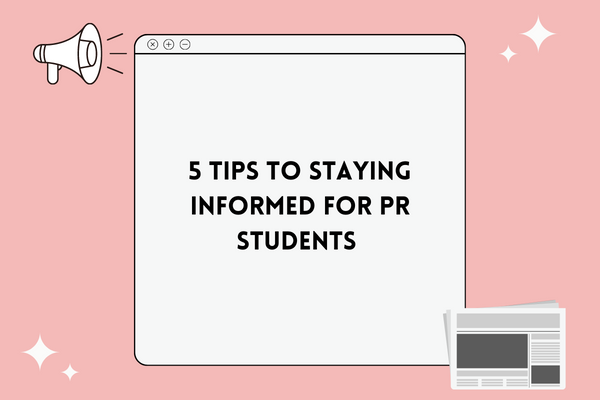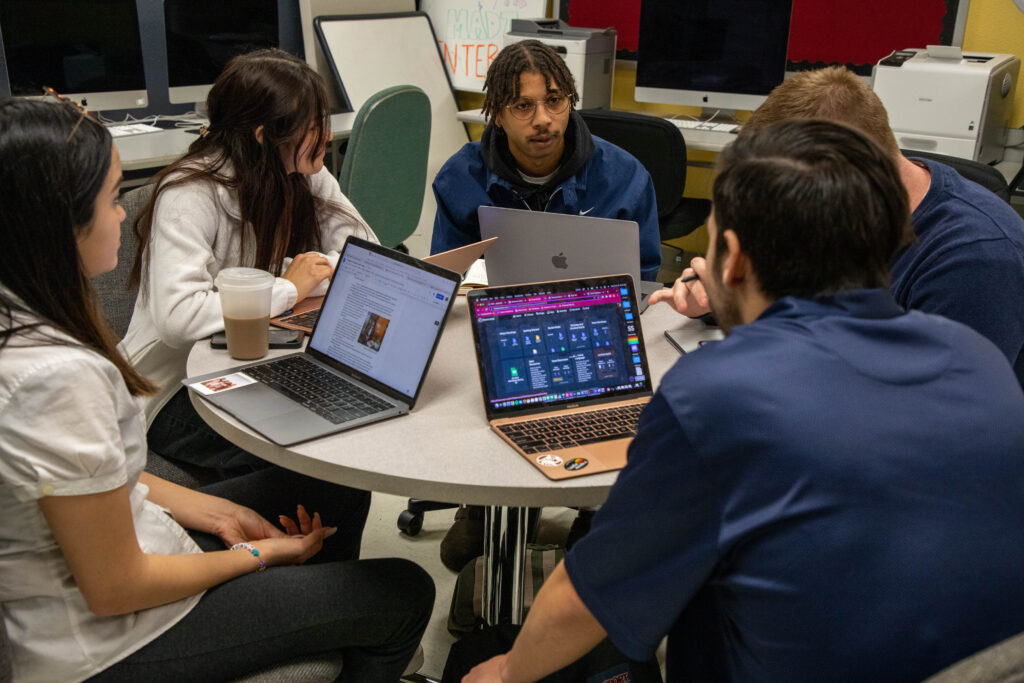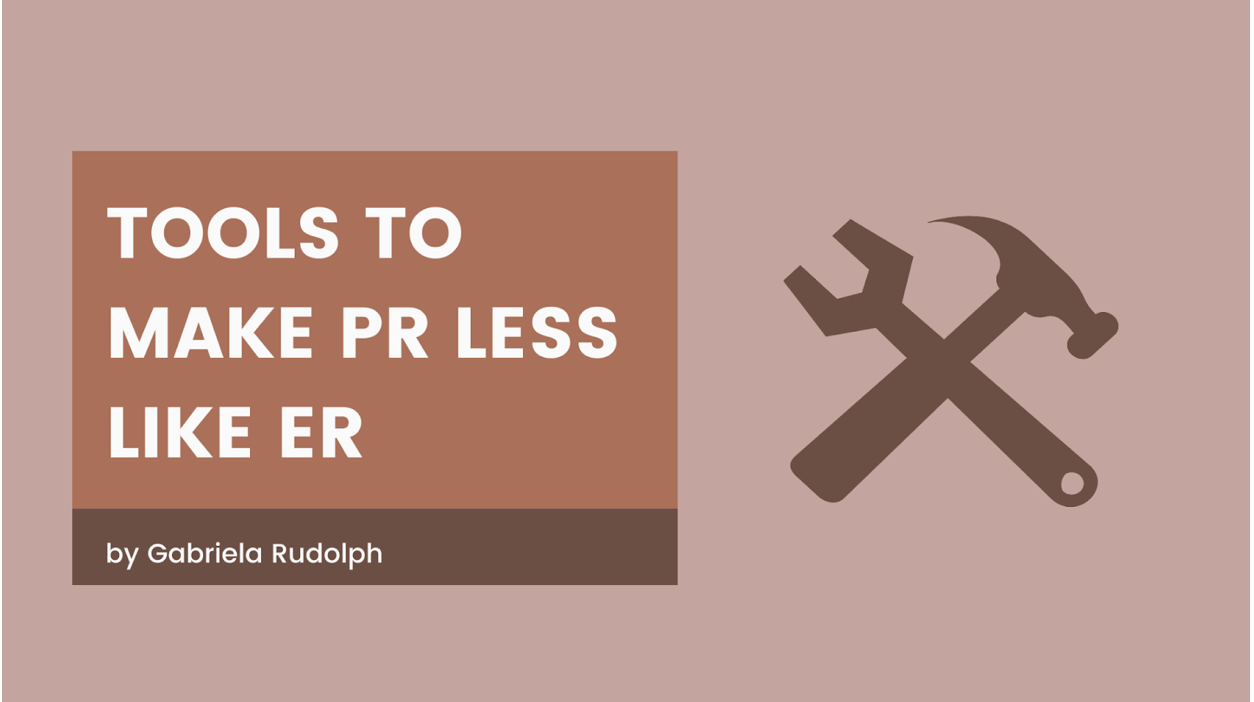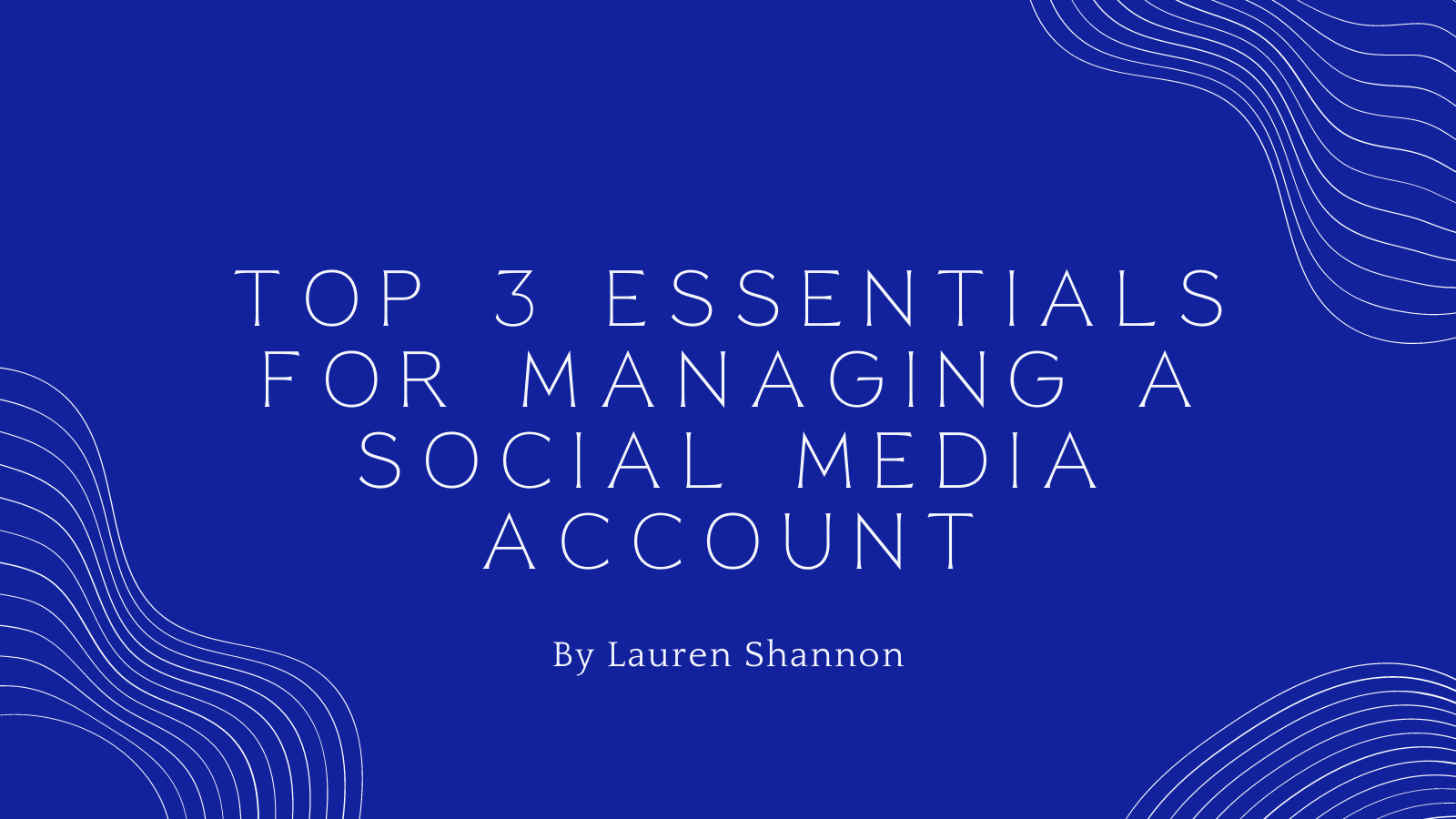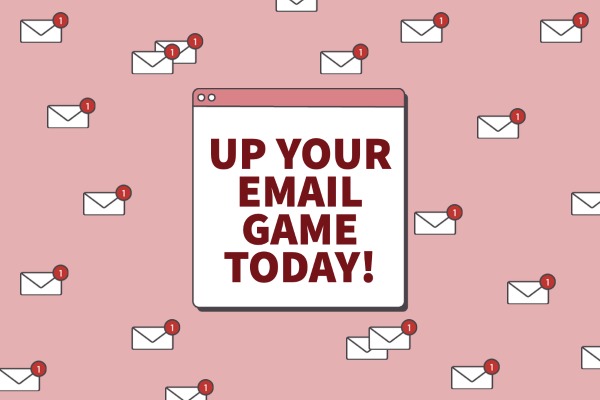By Paige Seguine
For public relations professionals, it is crucial to stay informed about current events and industry news. It is important to understand what is going on in your clients’ industry to better understand and address their needs. As PR students, our time in college is essential for preparing ourselves for postgrad careers. A great way to do that is by getting in the habit of reading the news, tracking trending stories and keeping up with our local and national communities.
However, staying informed is easier said than done. It is overwhelming trying to keep up with the fast-paced, never-ending news cycle. As future PR practitioners, however, it is important to develop those skills as early as possible to succeed in the future. Here are some tips to become well-rounded readers and stay up-to-date on what’s happening in the PR industry:
- Mobile News Apps
Traditional news media is a great way to get a glimpse of everything happening in the world. Local and national news outlets cover a wide range of topics and are constantly updated. Almost every outlet now has a mobile app that makes getting information accessible and easy to find. Phone providers like Apple and Samsung have their own apps that aggregate trending news stories. This is a great way to find out what is happening when you start your day. Setting notifications on these stories keeps you in the loop as they progress, too.
- Utilizing Twitter
Twitter is a great source of information, especially in the PR and media industries. The ‘Trending’ section shows you what topics are currently popular and what audiences are saying. Content on Twitter moves quickly and can provide you with the most recent thoughts about your organizations. People take to the platform to share their thoughts about positive and controversial news. Users are honest and straightforward, which makes for useful qualitative feedback. Understanding how to use Twitter is key to connecting with stakeholders and scanning your client’s environment.
- Checking Google Alerts
Google Alerts is a great way to track web mentions of your client, a product or a hashtag. Sometimes you just need to figure out what people are looking for concerning your client. Alerts let you pick multiple keywords and set notifications for updates. For example, searching “Chico State” provides you with the most recent news articles containing the phrase in the title or body. This can help PR professionals track media coverage as quickly as possible and stay up to date all day long as new stories are published.
- Reading Trade News
Not only is it important to track your client’s media coverage but, it is imperative to stay up to date on PR industry news as a whole. This helps you understand trends and tactics, updates to your clients’ industries and competitor news. Trade organizations including PR Week, PR Daily and PR Newswire share industry news, press releases and tips for a wide range of topics. They provide information about events, awards and networking opportunities that can help you connect with your client and their audiences. Trade publications are a helpful resource for truly navigating the career field and building your professional knowledge.
- Listening to Podcasts
Not everyone loves reading news articles and staring at their screens to get their daily dose of information. Instead, podcasts offer need-to-know information with easy listening. If you’re looking for traditional news content, podcasts like The Daily focus on the biggest news stories of the day. The Spin Sucks and other media podcasts offer insight into PR, marketing and advertising content that makes for productive listening. Podcasts allow listeners to absorb important information without feeling overwhelmed by busy copy.
Reading the news can sometimes feel slow and overwhelming but for public relations practitioners, it is more than just reading the news.
Our job is to keep an eye out for what is going on in our industry, between our clients and their audiences, and our competitors’ behaviors.
As students, we use our time to prepare for our future careers. Using these five resources, we can build the necessary skills to become informed, successful PR professionals.


